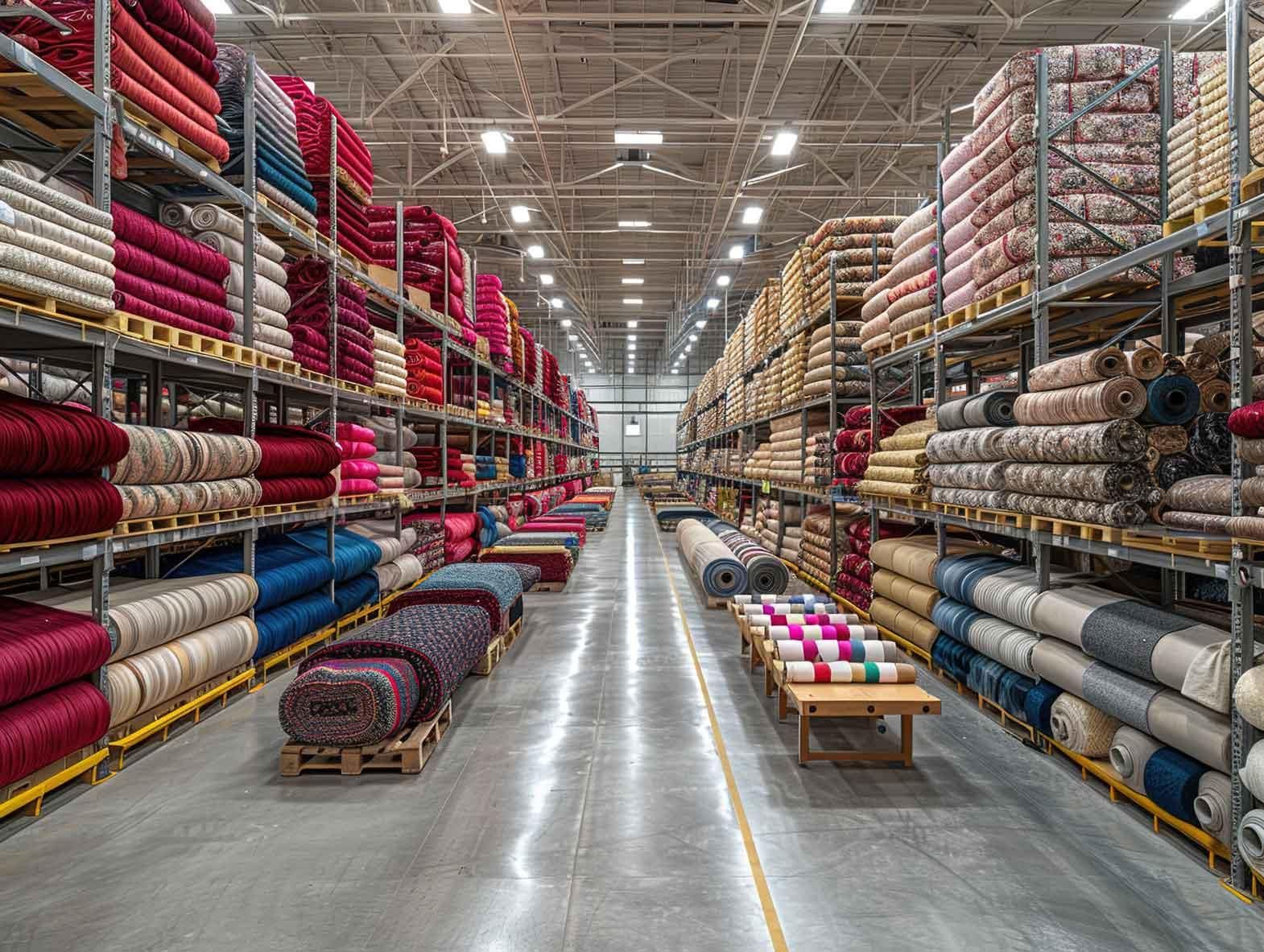If one is related to the textile industry, one can either be in the manufacture of goods or in retail. Both the industries require movement of goods. In a manufacturing unit, one needs to move raw materials and finished goods from one site to the other. In a retail unit, one needs to move finished goods into and out of the retail store.
Logistics and supply chain helps in the easy movement of goods in the textile industry. There are a number of logistics companies in the world that assist textile industries in the transportation of goods and materials from one spot to the other. Textile logistics has become as important as any other aspect of the textile industry.
Textile industry in whole can be considered a time sensitive industry. Goods need to reach a specified location on time. Otherwise, the profit of the textile owner may be affected. Many times, owners see less or no profit at all owing to the irregularities in making goods reach a particular place.
Companies and retailers, many times, have to transport their goods and raw materials across cities, states, and even countries. Logistic companies help in the easy movement of goods. They transport goods and raw materials by the medium of land,sea, and air. Faster the medium chosen, higher will be the price.
Textile manufacturers and retailers have recently started placing a lot of emphasis on logistics and supply chain. They have realized that this aspect can simply not be ignored! The prices for raw materials keep fluctuating. Timely transportation of finished goods and raw materials will reduce the danger of loss for any textile manufacturing company.
This is especially true for cotton. Prices for cotton keep fluctuating.Manufacturers may purchase it at a high price and end up getting a lower pricefor the same, if the finished goods are not moved on time. The manufacturer may thereby incur losses. If the goods are brought into the market at the per-decided time, chances for such a loss are less.
Retailers can not afford to compromise on this aspect either. They have to supply goods that are in demand. Goods that are in fashion may not remain in fashion forever! If retailers do not move the finished goods on time into the stores, it is likely that it goes out of fashion. Retailers may thereby incur losses.
Anything that is in trend may not remain in trend for long. Anything that is considered weird may suddenly become the fashion statement of the time. Retailers can not afford to take risks. They need to transport the apparels to the demanding market on time. This can be done with the help of an efficient logistics and supply chain company.
Some manufacturers and retailers do not realize the importance of logistics in textiles. They try to cut down the overall expenditure of the company by cutting down on the logistics and supply chain expenses. This is a wrong way of cost cutting. Logistics and supply chain should not be considered an unnecessary or additional expense.
If the goods need to be moved from a certain location to the other every three months, the needed budget should be allocated for it. In such a situation, moving the goods every six months wont be a good idea! That will reduce the overall profit of the company. Besides, the involuntary marketing and promotion that happens with it may also suffer.
Hiring an irresponsible or new logistics company may result in fatal damages. One may save a lump sum by hiring an amateur to carry the goods and documents. But what if the said task could not be completed satisfactorily? The result may either be a delay in the delivery of goods or loss of the goods altogether, which is ultimately a loss!
Expenses can be cut in other areas. Textile manufacturing units can save by ensuring that the amount of waste is less. The waste material should be effectively utilized in other departments or recycled for future use. Retailers can make sure that they cut costs by purchasing limited stock of the unusual ones and more of the kind that easily sell!
Logistics and supply chain management is as important an area as any other in the textile industry. It certainly cannot be taken for granted. One cannot succeed by merely aiming at the logistics section while cost cutting. In fact, that will reduce the overall profit made by the company. Overall expenses cannot be reduced by ignoring logistics.
References:
- Intexfair.com








Comments